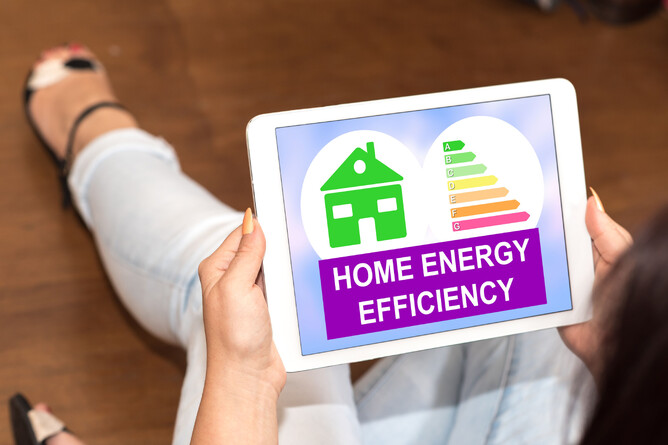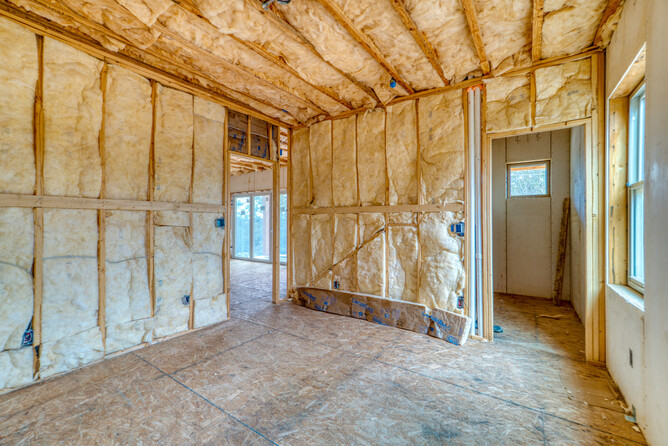When a home is truly energy efficient, you can feel it in the first five minutes of the morning. The temperature is steady, the floors aren’t biting cold, and the heater doesn’t need to roar to life just to take the edge off. In Taupo, Rotorua Lakes, South Waikato and the Ruapehu District, the simplest path to that everyday comfort is getting the basics right — starting with insulation that’s installed correctly and continuously so the warmth you’ve paid for stays inside.
At Easy Insulation, this is our bread and butter. We professionally install high-quality glasswool and polyester insulation to NZS 4246, the recognised standard for workmanship and safety in New Zealand homes. If you’re weighing up how to improve your home’s energy efficiency, this guide lays out the benefits, the areas to prioritise, genuinely useful cost-saving moves, and why getting a professional team pays you back.
Why energy efficiency matters day‑to‑day
Let’s keep it practical. Energy efficiency in a lived-in home means:
Lower running costs: The heater cycles less and holds temperature more easily, so your power bill isn’t doing the heavy lifting.
Easier, more even comfort: Rooms feel similar as you move around the house. Fewer draughts, fewer cold patches, and warmth that lingers after the heat source switches off.
Heating that performs properly: With a well-insulated shell, your heater isn’t fighting a losing battle through gaps and thin spots.
Confidence and compliance: When your insulation is installed to NZS 4246, you know the clearances around lights, fans, flues, and cables are correct and the job is documented.
Where homes actually lose heat — and what to fix first
Every house has a thermal envelope — the layer that separates inside from out. If parts of that envelope are thin, gappy or poorly detailed, heat will escape, and cold air will sneak back in. In most existing homes, two areas offer the biggest gains: the ceiling and the underfloor.
Ceiling/roof space
Warm air rises, so any weakness overhead costs you comfort and money. We regularly see older batts that are slumped, patchy or compressed, as well as gaps at the perimeter and around downlights, fans and hatches. NZS 4246 is crystal clear on the basics: insulation should be even, in full contact with the ceiling lining, with no gaps, tucks or folds. Where clearances are needed for luminaires, independent control gear, fans, flues or vents, they must be set and maintained correctly. Around the edges, you keep a minimum 25 mm clear space to flexible roof underlay or roofing, and you insulate the access hatch so it closes snugly. Get those details right and you’ll typically notice the difference straight away. Read more here.
Underfloor
If the floor is bare or the insulation isn’t touching the underside of the floorboards, cold air will chill your feet — and draughts will creep in through gaps and skirtings. Correctly fitted glasswool or polyester (segments or blanket) should be in full, continuous contact with the floor, supported so it doesn’t sag, and carried all the way to the outer edge of the bottom plate. Around services, NZS 4246 requires clearances — for example:
About 100 mm around plumbing penetrations through the floor
About 200 mm around surface‑mounted luminaires under the floor. The aim is simple: a snug, gap‑free fit that stops air movement, respects clearances, and stays put for the long haul.
Walls (when they’re part of the plan)
Walls matter too, but in existing houses they’re more complex. Retrofitting insulation into external walls generally requires building consent. It’s also essential to maintain drained or ventilated cavities (such as behind brick veneer) and not block them. Where wall work is appropriate, the insulation should sit flush to the internal face of the framing without gaps or compression, and the condition of wall underlay is an important check. We handle the assessment, the method, and the paperwork so you’re covered. Read more here.
DIY vs professional solutions — the honest view
Insulation might look straightforward, but the performance and safety details are anything but. NZS 4246 sets specific requirements for:
Electrical safety around luminaires, control gear and wiring
Clearances around fans, chimneys and flues
Moisture checks and ventilation paths (for example, the 25 mm eaves/underlay gap)
How insulation must be fitted to deliver its declared R‑value (no gaps, tucks, folds, or unintended compression; correct support; flush contact with linings)
Because small mistakes can create big issues — from fire risk around downlights to moisture traps in low‑slope roofs — we recommend leaving it to professionals. Easy Insulation handles this work every day, to the standard, with the right gear and a tidy finish.
What a professional install looks like with Easy Insulation
A clear assessment up front: We check access, existing insulation, moisture, and any services or fittings that need special attention. You’ll get straightforward advice on what will make the biggest difference first.
The right product, installed the right way: We supply and install glasswool or polyester that complies with AS/NZS 4859.1, sized to your home’s framing, and fitted to NZS 4246 so it performs as intended.
Safe, compliant workmanship: We set and maintain the prescribed clearances, keep the eaves ventilation gap open, insulate the ceiling hatch, and ensure underfloor insulation is in full contact with the floor and neatly supported. Where there are areas that can’t be insulated or require remedial work before proceeding, we’ll explain why and agree a plan with you.
Documentation on completion: We provide product and installer information, including labels placed where they can be easily found for future reference.
How Easy Insulation makes it easy
Free home assessment: We visit, assess your current insulation, identify priorities, and answer questions.
Clear quote and funding help: If you’re likely to be eligible for EECA Warmer Kiwi Homes insulation funding at 50–100%, we’ll confirm and handle the application for you. In some cases, eligible homeowners receive a $0.00 quote.
Professional installation: Our in-house team installs to NZS 4246. We manage tight spaces, tricky access and all the safety details around lights, fans, wiring and flues.
Tidy handover: We leave your place clean and provide the product and installer information for your records.
Ready to feel the difference?
If you’d like your home to be easier to heat and nicer to live in — without wasting money on heat that vanishes through the roof or the floor — we’re here to help.
Call 0800 327 946 for a FREE home assessment and obligation-free quote.
Or click here and fill out the Insulation Eligibility Enquiry form to see if you are eligible for EECA Warmer Kiwi Homes funding.
We’ll take care of the details. You’ll feel the results.







